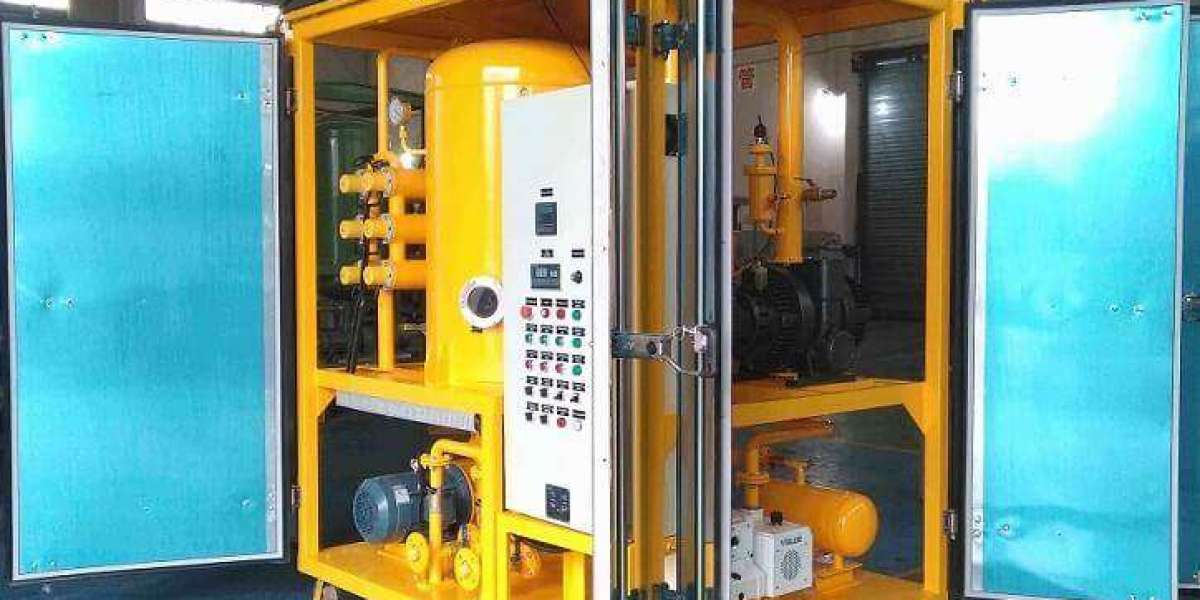However, with numerous brands and models of transformer oil purifiers on the market, choosing the right one can be overwhelming. This blog will guide you through the key factors to consider when comparing different options.
Understanding Your Needs:
Before diving into specific models, identify your specific needs. Here are some questions to ask yourself:
Transformer capacity: How much oil does your transformer hold? Purifier capacity should be sufficient to handle your oil volume efficiently.
Contamination level: Is your oil moderately contaminated or heavily degraded? Different models have varying degrees of purification effectiveness.
Portability vs. Stationary: Do you need a portable unit for on-site maintenance or a stationary unit for a dedicated filtration bay?
Budget: Transformer oil purifiers range from basic single-stage models to sophisticated multi-stage units with advanced features. Determine your budget and prioritize essential features.
Key Features to Compare:
Now, let's explore the key features that differentiate various transformer oil purifiers:
Purification technology: Different models utilize various technologies like vacuum dehydration, degassing, and filtration. Understand the strengths and limitations of each for your specific needs.
Flow rate: Higher flow rates allow for faster purification, but may not be necessary for smaller transformers.
Oil breakdown voltage (BDV) improvement: This is a critical parameter. Compare how effectively each model improves the oil's BDV, an indicator of its insulating strength.
Moisture removal capability: High moisture content can damage transformers. Choose a purifier that efficiently removes moisture from your oil.
Filtration media: Different filter types address specific contaminants. Some models offer replaceable filters, while others use reusable media that needs cleaning.
Automation and controls: Advanced models may offer features like automatic operation, digital displays, and alarms, ensuring efficient and safe operation.
Brand reputation and after-sales service: Consider the brand's reputation for quality and readily available after-sales service for maintenance and parts.
Additional Tips:
Don't just focus on price: While cost is important, prioritize features that ensure optimal transformer health and prevent future problems.
Read user reviews: See what other users have to say about specific models, both positive and negative aspects.
Consult with a transformer maintenance professional: They can help assess your specific needs and recommend suitable transformer oil purifiers.
By carefully considering these factors, you can choose the best transformer oil purifier to keep your transformers running smoothly and efficiently for years to come. Remember, a well-maintained transformer extends its lifespan and saves you money in the long run.
Do you have any experience with transformer oil purifiers? Share your insights in the comments below!








